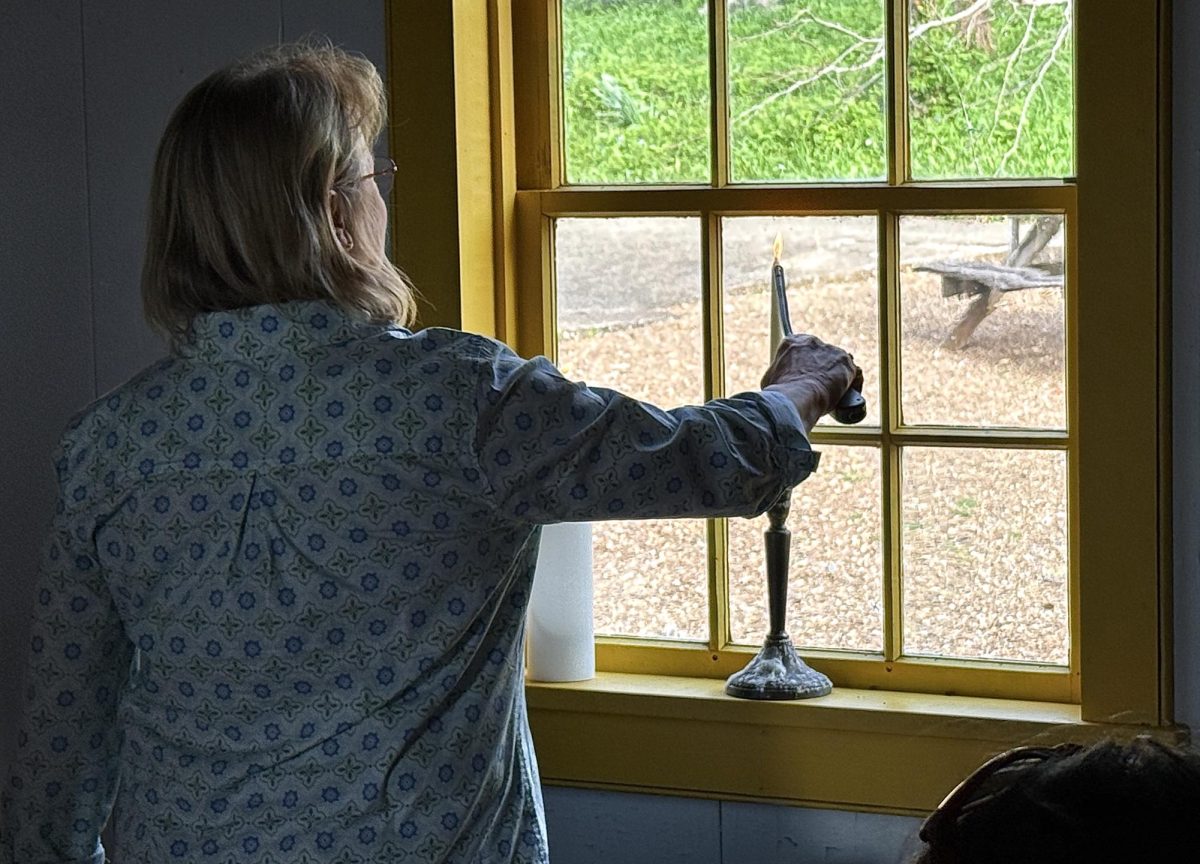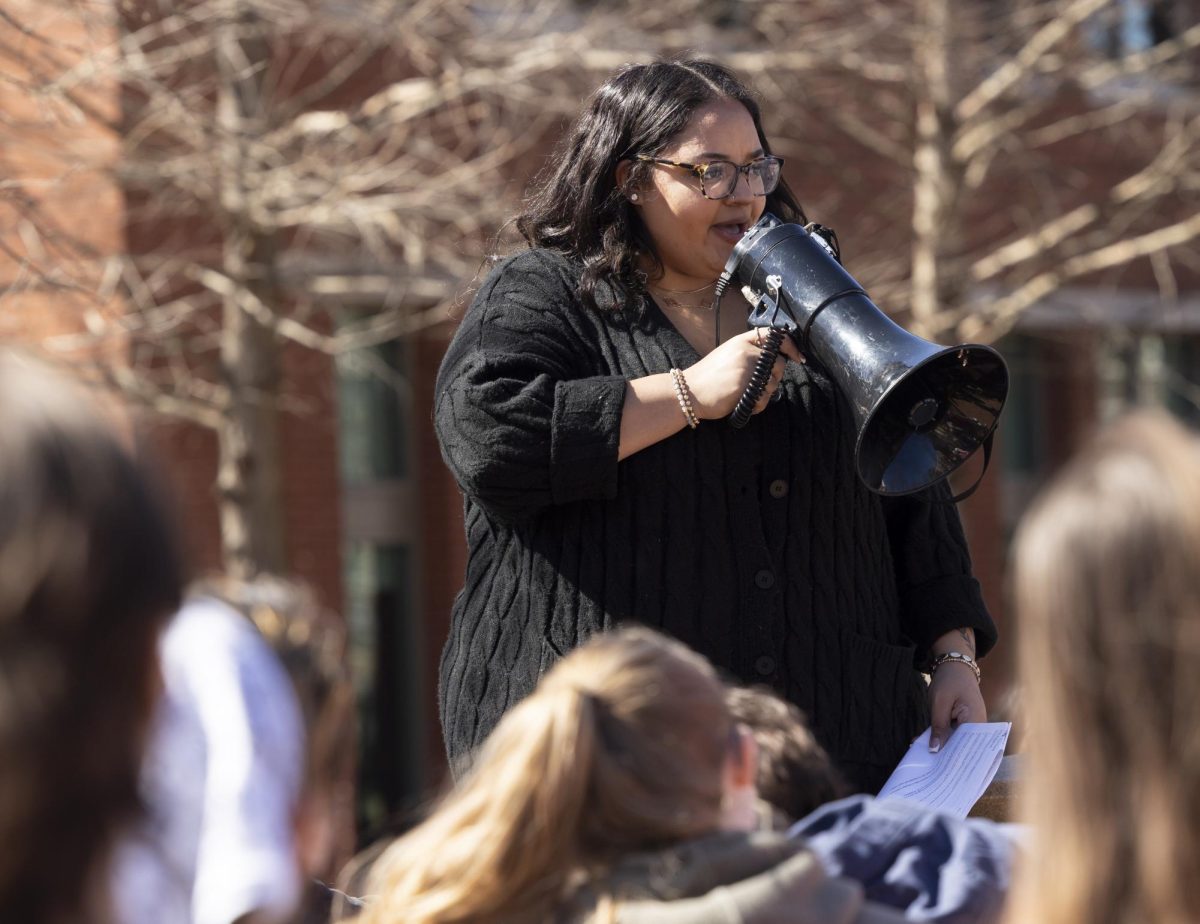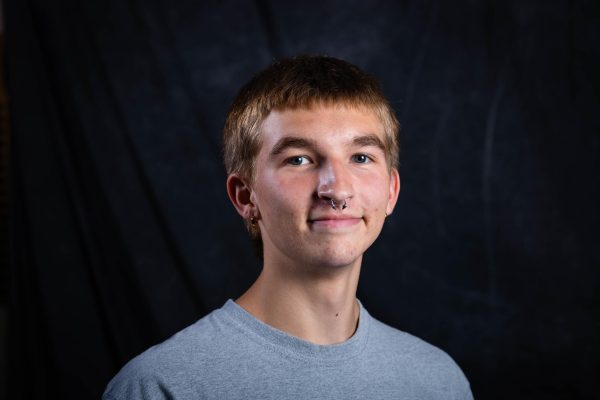As Bowling Green is projected to swell in population, members behind a local initiative are set to envision the future of the community.
Sam Ford, co-founder of Innovation Engine, the company managing the initiative, said the goal is to gather information about what Bowling Green may look like in 2050. The initiative, What Could BG Be?, features a live conversation on whatcouldbgbe.com where users can anonymously submit responses and agree, disagree or pass on responses from other users.
Ford hopes users will contribute to the conversation, which launched Feb. 14, to collaborate on how Bowling Green’s growth could affect the community. According to Ford, the responses can help determine what Bowling Green residents would like to see the future become.
“The more people we have participate in this, the more people are going to come with ideas that mean a lot to their community,” Ford said.
The live conversation is currently open to all Bowling Green residents until March 17. Ford, a WKU culture and innovation fellow, said all Bowling Green residents have a reason to participate, especially those in the WKU community.
“The campus community; faculty, staff, students, alum, are a really important perspective that we’d like to have weigh in on everything,” Ford said.
Ford’s initiative is partnered with BG 2050, an initiative of the Warren County government. BG 2050 brings together 100 stakeholders from a variety of different fields, industries and entities in the Bowling Green and Warren County area to begin planning for the predicted growth set to occur in the next 25 years.
WKU Potter College of Arts & Letters Dean Terrance Brown said the campus community’s investment in the initiative supports the strength of the community.
Brown is the head of the economic development pillar group for BG 2050, the larger project which extends further than the What Could BG Be? initiative.
“Serving as a member of the BG 2050 initiative allowed me to put this belief into action—not only as a representative of WKU-PCAL but also as someone who deeply values the power of community,” Brown said.
BG 2050 was initiated by Warren County Judge/Executive Doug Gorman in 2023 during a summer workshop, but officially launched in summer 2024.
“Doug said, ‘Do we want that growth to happen to us or for us?’” Ford said.
Ford said the next step in the BG 2050 project is to analyze the data from the conversation with the help of listening partners and eight pillar groups involved with the project. There are currently over 100 listening partners including Bowling Green City Manager Jeff Meisel and WKU President Timothy Caboni.
“As we make that data available at the same time to all those listening partners, there are various things that different groups might do with that data that’ll be decentralized,” Ford said.
He said various entities like the public library, the chamber of commerce and the planning commission could each have different takeaways from the data and use those takeaways to predict future trends.
According to Ford, a major piece of analyzing and filtering data from the responses on What Could BG Be? is Polis, an “open source technology for survey research that leverages data science” created by the Computational Democracy Project
Polis is especially vital with this project, as Ford said What Could BG Be? received over 5,000 statements and nearly 500,000 agrees/disagrees/passes as of March 5.
Ford said the project will ultimately result in a “vision document” from Warren County by the end of 2025. A portion of the document, looking forward to the next 25 years, will include What Could BG Be? findings.
Part of the vision and inspiration for the BG 2050 project comes from Sangita Shresthova, Ford’s colleague, and her Civic Imagination Project through the University of Southern California.
According to its website, “the Civic Imagination Project activates people’s visions for what a better tomorrow might look like as a necessary step to connecting with others and taking action to achieve real-world goals.”
“They have multiple projects that they’ve done here in Kentucky, several in Bowling Green, but places all over the world,” Ford said. “So the methodologies that we’re incorporating come from a lot of research that has been conducted through USC over the years.”
He said some of the methodology comes from fictional worlds one would see in movies like the “Marvel Universe,” “The Hunger Games” or “Harry Potter.”
“The Civic imagination project takes methods that you might find from fictional world building that you would see in the entertainment industries and then applies those methods to real world places,” Ford said.
While the many stakeholders, listening partners and creative teams behind BG 2050 aspire towards the future of the city, Bowling Green residents can continue to submit and vote on responses on whatcouldbgbe.com.
“You can’t build a future if you’ve not imagined anything,” Ford said. “Then you’re just going to be tackling the problems of the present.”












